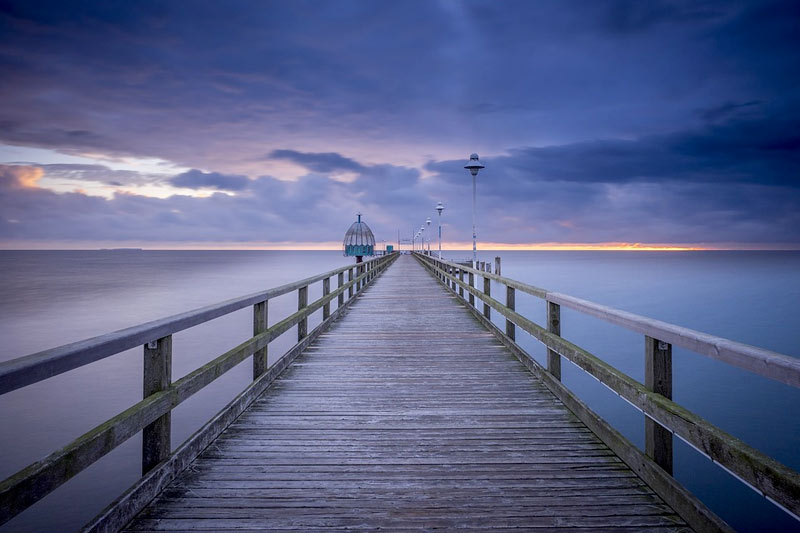
What is a ballustrade?
Posted on October 18th, 2023
Share This Article
A balustrade is a series of vertical posts or columns that are topped by a horizontal rail, forming a protective barrier or ornamental railing along the edge of a staircase, balcony, terrace, or other elevated structure. Balustrades serve both functional and aesthetic purposes, providing safety by preventing people from accidentally falling off an elevated area while also contributing to the architectural and decorative design of a building or space.
Key components of a typical balustrade include:
- Balusters: These are the vertical supports or columns that make up the primary structural component of the balustrade. Balusters can be made from various materials, such as wood, metal, stone, glass, or concrete, and they are often ornately designed to add visual appeal.
- Handrail: The handrail is the horizontal top component of the balustrade. It provides a handhold for people using stairs or walking on elevated platforms. The handrail is designed to offer support and stability.
- Bottom Rail or Plinth: In some balustrade designs, a horizontal rail or plinth is installed at the bottom of the balusters, helping to stabilize the structure and provide additional safety.
- Spindles: Spindles are smaller, decorative components that are sometimes placed between the balusters to enhance the visual appeal of the balustrade.
Balustrades can be found in a wide range of architectural styles, from classic and traditional designs with ornate balusters to modern and minimalist styles with clean lines and simple materials like glass and metal. They are commonly used in various settings, including residential homes, commercial buildings, public spaces, and outdoor areas like terraces and decks.
The specific design and materials used in a balustrade can vary widely, depending on factors such as the architectural style of the building, the intended function, and aesthetic preferences. Balustrades not only serve a safety function but also contribute to the overall look and feel of a space, making them an important architectural and design element.




